Upgrade Your Lenovo Computer to a Lightning-Fast SSD
- Home
- Support
- Tips Data Backup
- Upgrade Your Lenovo Computer to a Lightning-Fast SSD
Summary
Learn how to perform lenovo ssd upgrade of your Lenovo computer and save costs with this comprehensive hardware upgrade tutorial.
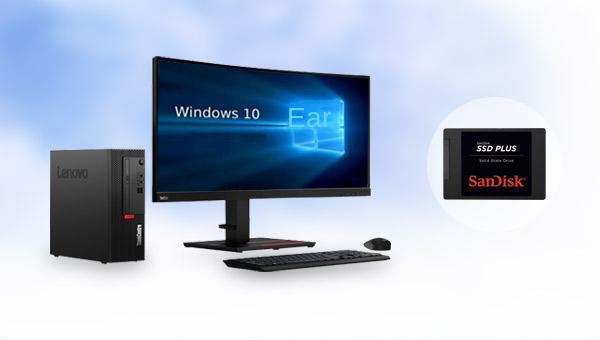
- Hard Disk/System Hard Disk Clone: This feature allows you to duplicate a selected disk, providing the flexibility to adjust partition sizes using mouse control. It guarantees the creation of a bootable system disk clone.
- Partition Clone: This tool enables precise replication of a chosen partition, ensuring an exact copy.
- System Migration: Effortlessly transfer your system to a different hard disk, simplifying system upgrades and replacements.

Quick Backup files at up to 3,000MB/min.
Fullfill different backup needs Supports system backup, disk / partition backup, file backup and disk clone.
Intelligent Automatically analyze the differences between source and backup data.
Convenient Support VSS, allowing to freely view webpages when backing up system.
Highly compatible Supports various files and storage devices.
Quick Backup files at up to 3,000MB/min.
Fullfill different backup needs Backup for disk, partition and system. Save disk space by backing up incremental /differential data.
Highly compatible Supports various files and storage devices.
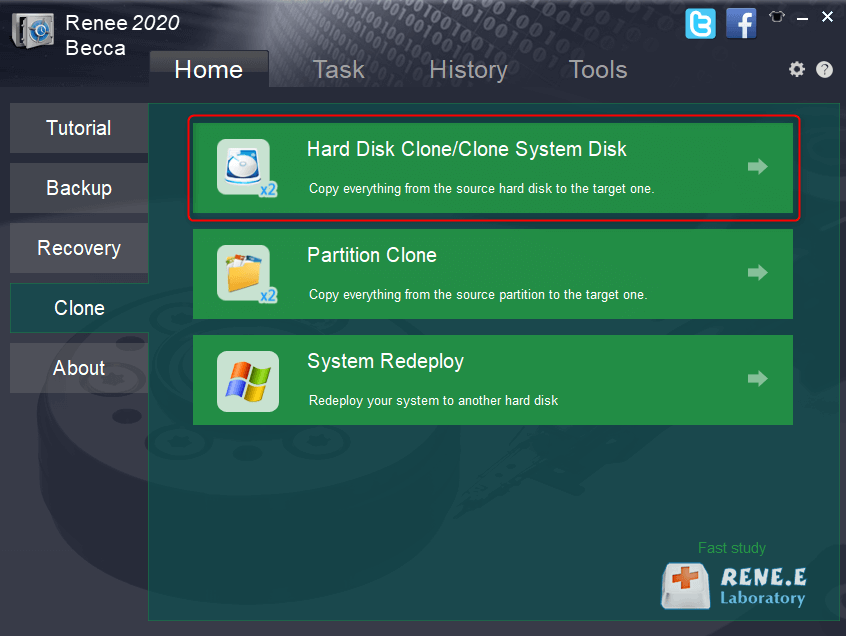
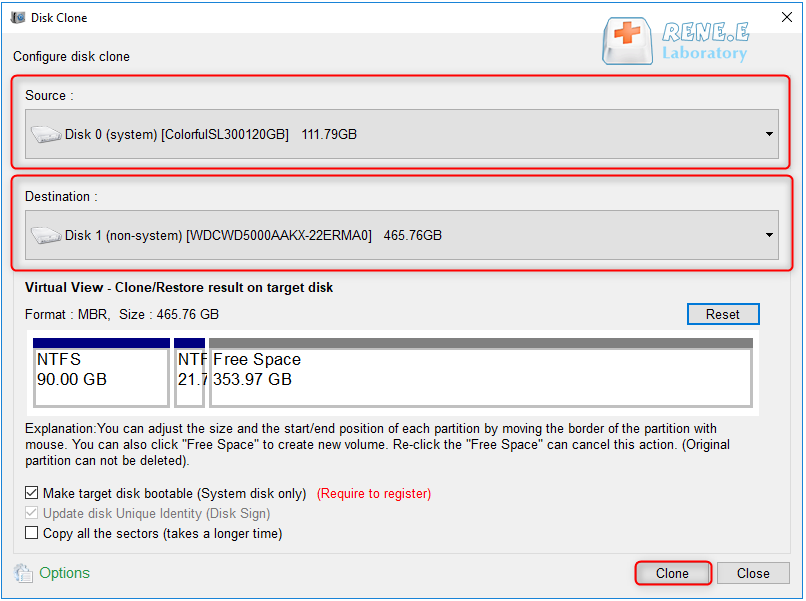
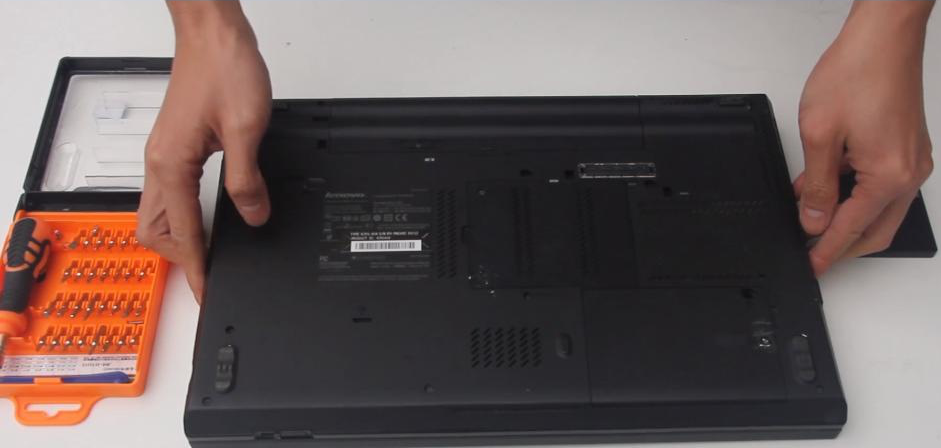
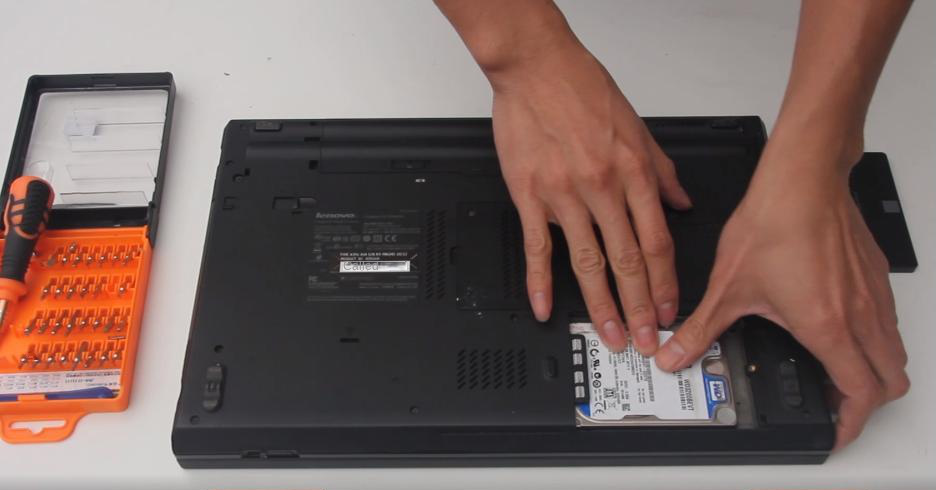
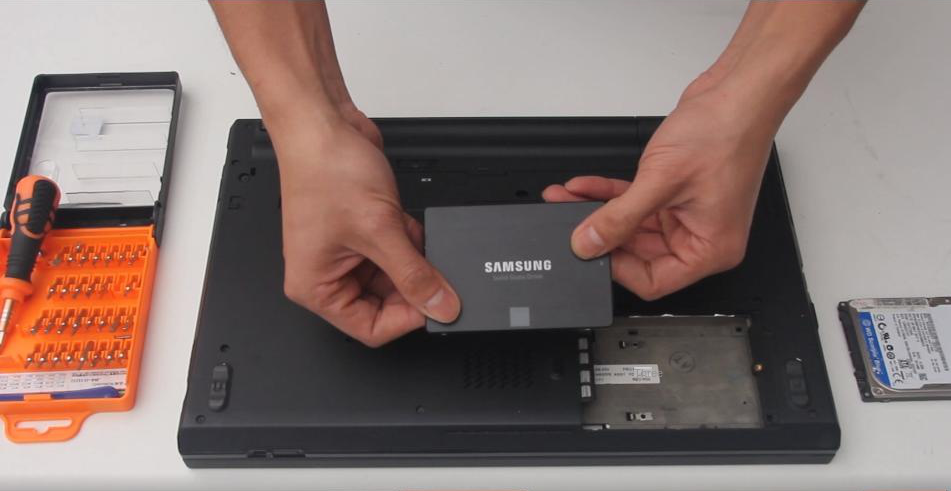
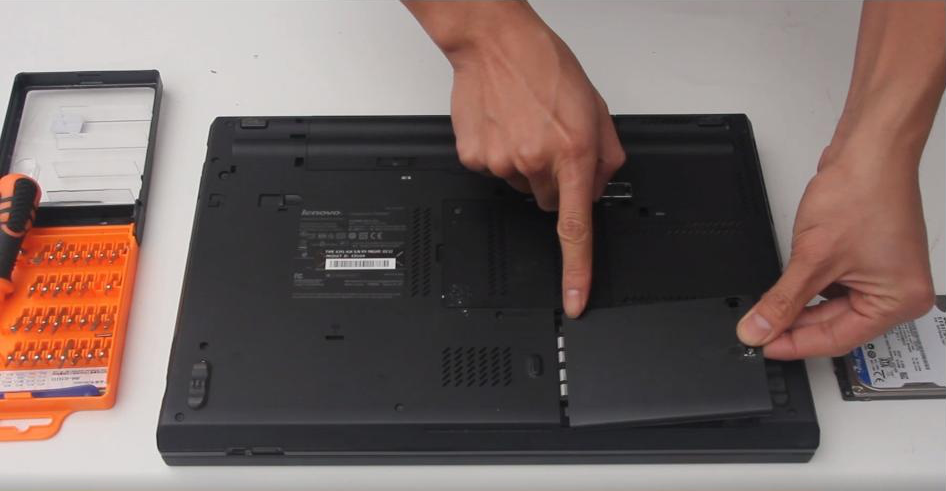
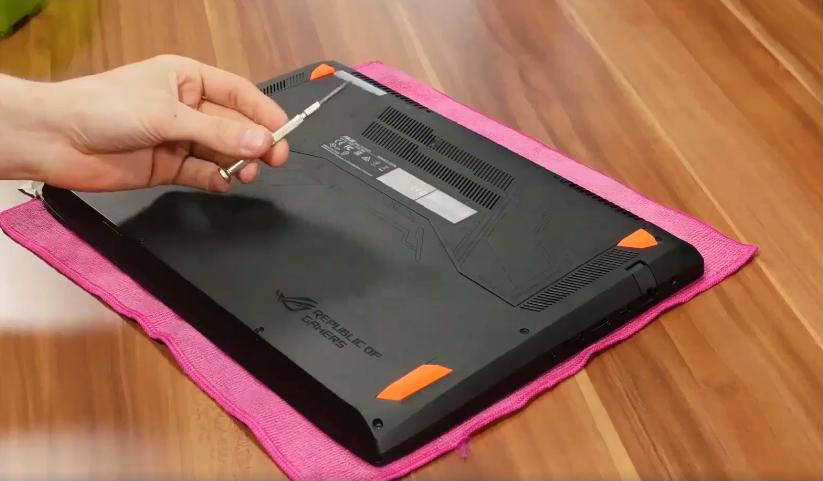
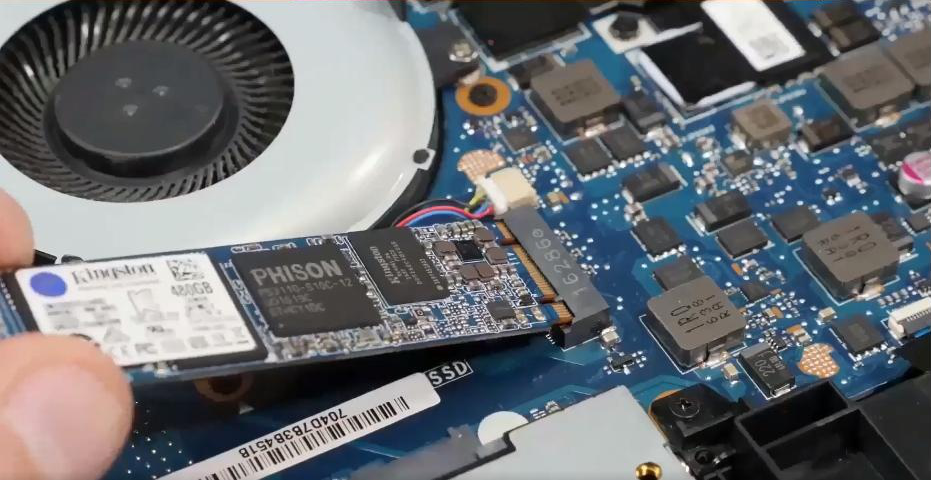
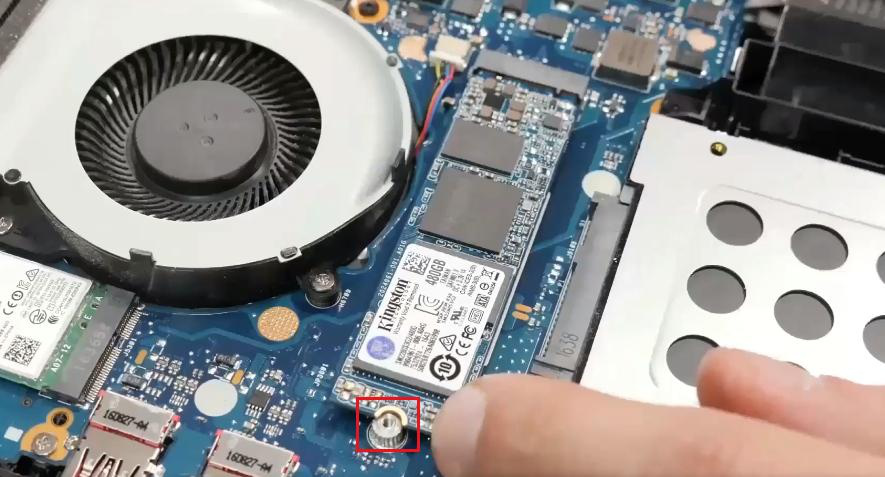
Relate Links :
Easily Clone HDD to SSD: No Windows 10 Reinstallation Required
14-03-2024
Amanda J. Brook : Upgrading your computer’s performance has never been easier. Discover the seamless process of cloning your existing HDD onto...
How to Clone HDD in Windows 8 and 8.1 Computer
12-07-2022
Jennifer Thatcher : With professional disk clone software - Renee Becca, 3 steps you can clone original HDD to a new...
Free Clone HDD to SSD in Windows 10
12-07-2019
John Weaver : How to clone whole HDD to smaller SSD with bootable system? Freeware - Renee Becca helps you make...
06-01-2022
Ashley S. Miller : Renee Becca automatically clones entire Windows system to new, better and faster SSD with 3 simple clicks. No...




